In 1892, Isabella Stewart Gardner met artist Joseph Lindon Smith in Venice while he was painting...high above the ground. Smith recalled that he was working on a painting of the equestrian bronze statue of Bartolomeo Colleoni in Campo Santi Giovanni e Paolo. “I was about to roll up my canvas when a cultivated woman's voice called up to me asking what I was doing. ‘Painting the portrait of a great Venetian General,’ I answered. ‘Come down and steady the ladder for me!’ she said…” *
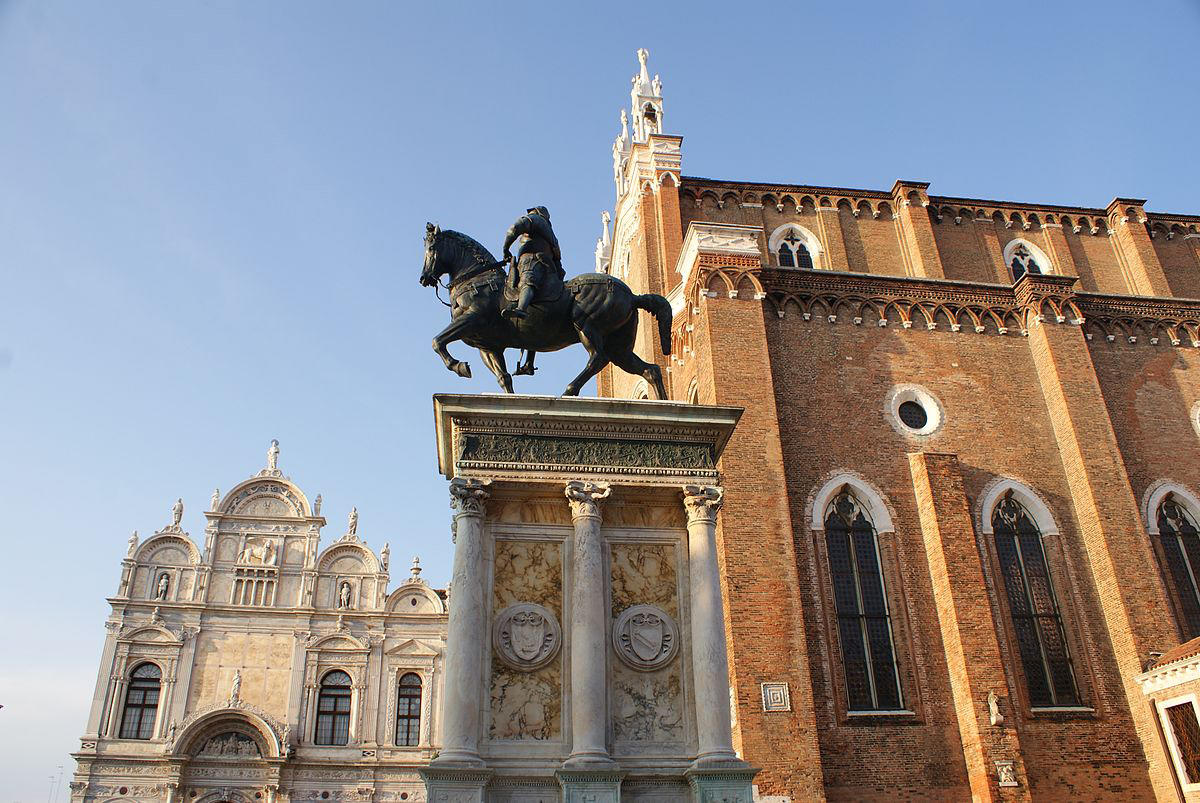
Andrea del Verrocchio (Italian, 1435–1488), Equestrian statue of Bartolomeo Colleoni, 1480-1488, in Campo Santi Giovanni e Paolo, Venice
Wikimedia, Photo: Paolo Picciati
Not afraid of heights, Isabella climbed the ladder to examine the sculpture. After complimenting Joseph on his watercolor (one of the studies is now at the Museum of Fine Arts, Boston) and - finally - introducing herself, Isabella ordered him to bring the picture and his other work to the Palazzo Barbaro, her Venetian home away from home.^ This was the beginning of a long friendship nourished by their intellectually curious minds and Isabella’s support of Joseph’s artistic career.
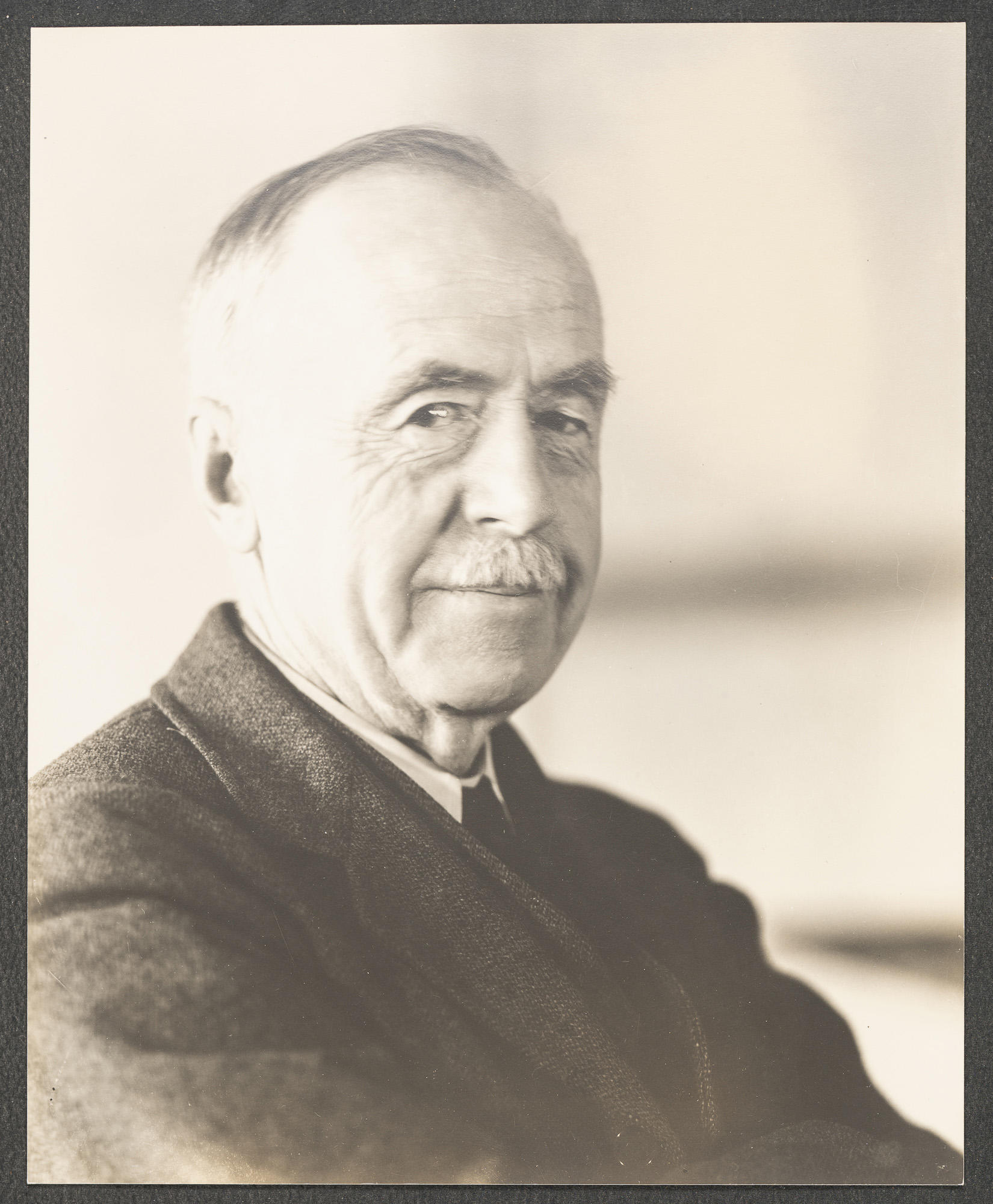
Joseph Aloysius (Australian, 1879–1939), Joseph Lindon Smith, 1932–1933
Isabella Stewart Gardner Museum, Boston
Three of their many shared interests—Chinese culture, theater, and friendship—meet in one of Smith’s paintings that Isabella acquired for her museum.
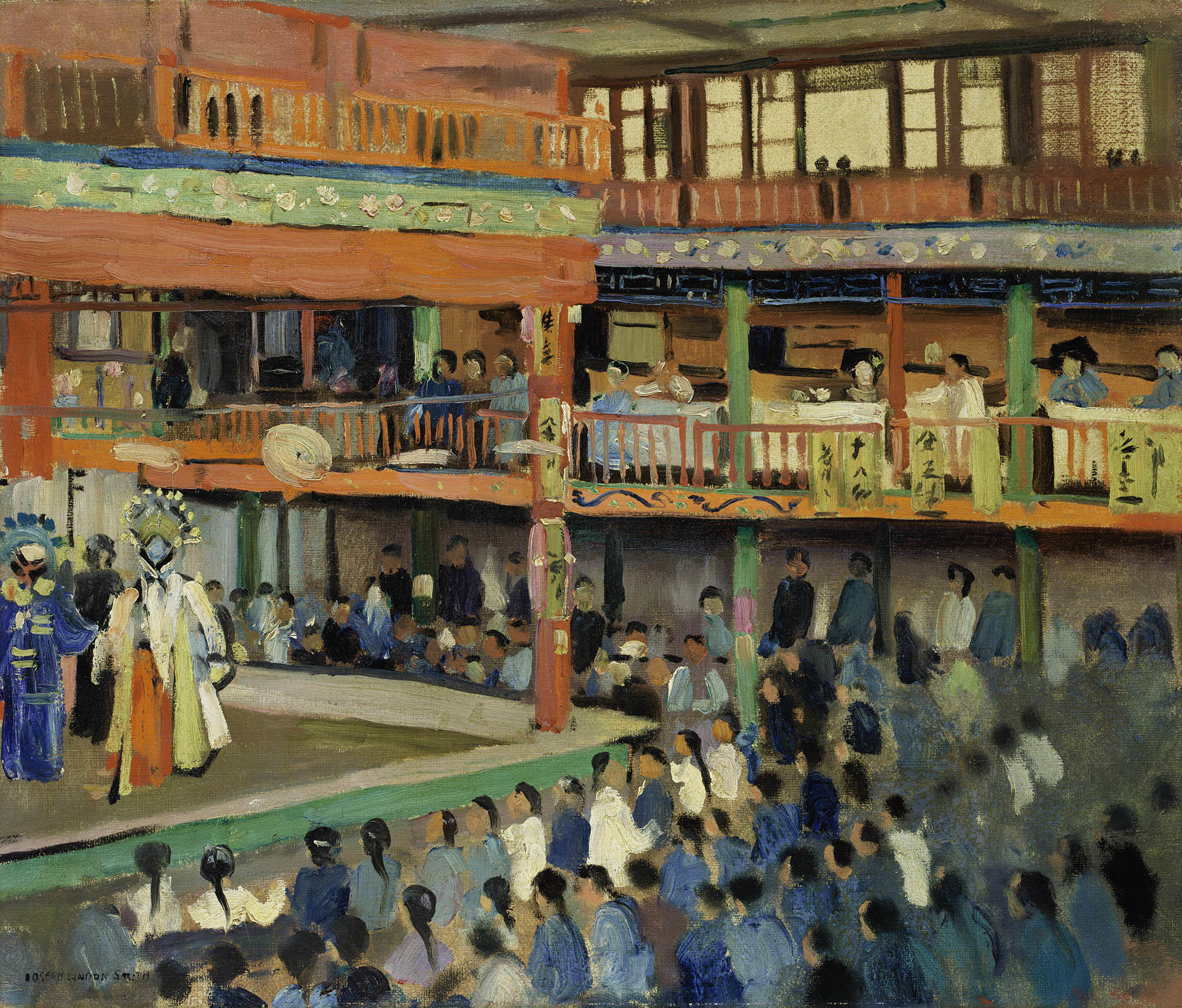
Joseph Lindon Smith (American, 1863–1950), A Theater in Mukden, Manchuria, about 1910
Isabella Stewart Gardner Museum, Boston. See it in the Blue Room
Both Isabella and Joseph traveled to China, although more than 15 years apart, and A Theater in Mukden, Manchuria, was likely painted in 1910 when Smith was on a six-month tour of Asia with art collector and design theorist Denman Waldo Ross. They stayed in Mukden, now Shenyang, for three days, and Ross recounts one of their evenings in the city in his journal.
Spent the evening at the Theatre which adjoins the hotel. Yen 1 ¼ admission to boxes in the gallery. It was a wonderful performance. Women took the parts of women which I thought unusual. One of the girls (17 years old) was perfectly charming and was dressed in the most beautiful clothes and headdress. What the plays were about we could not guess…
Joseph, who had a lifelong love of performance art, was likely equally fascinated by this trip to the theater. His mother enjoyed writing and producing amateur theatricals. Exposed to the dramatic arts from a young age, Joseph turned his interest in stage productions into a professional passion.+ As early as the 1890s, Joseph designed and produced pageants for civic events, fundraisers, and private parties hosted by wealthy families in Boston, Newport, and New York. He also pursued his love of theater at his summer home on Loon Point in Dublin, New Hampshire, where he built two amphitheaters and recruited area artists for his plays.★

A scene from the play 'Brewster's Dark Pond' produced by Joseph Lindon Smith in honor of Amelia Earhart (a cousin of his wife) after her Atlantic solo flight, staged at the Ocean Born Mary House in Henniker, New Hampshire, 1932
Photo: L.M.A. Roy, from the Joseph Lindon Smith papers, 1647-1965. Archives of American Art, Smithsonian Institution
Joseph Lindon Smith may have been inspired to paint the Chinese opera in Mukden to help preserve his memory of the evening, so he could incorporate aspects of the production into his own performances. The composition is painted from the perspective of a balcony box and is focused on the vibrant interior architecture and the attentive audience.
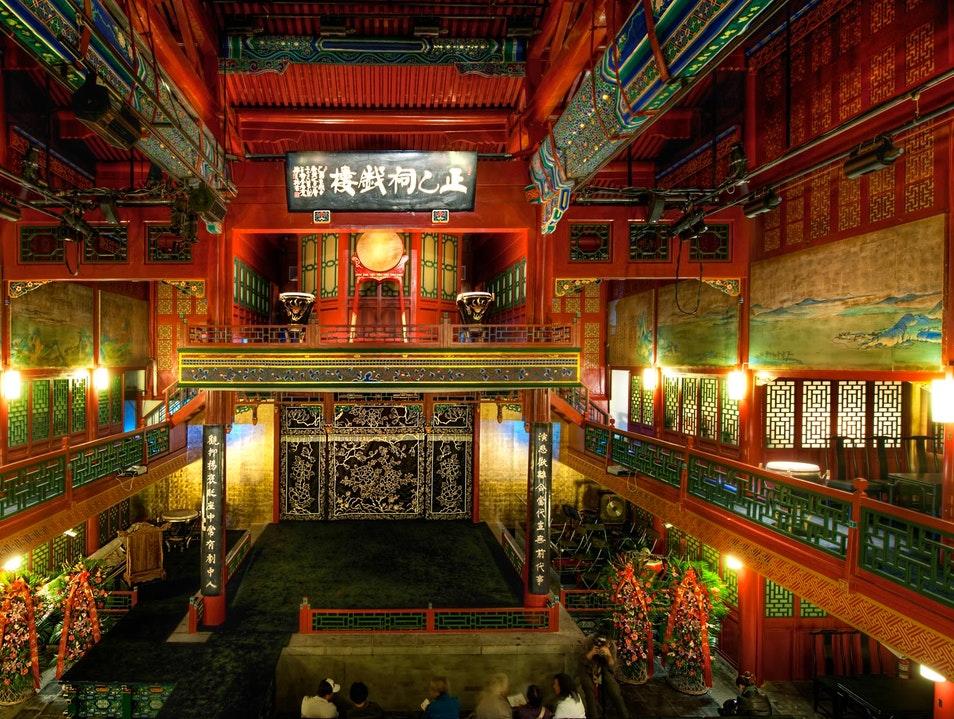
The theater that Joseph Lindon Smith and Denman Waldo Ross attended in Mukden (Shenyang) was similar to the Zhengyici Peking Opera Theatre in Beijing, built in 1688
With only a few brushstrokes, Smith captures the elaborate costumes and headdresses of the three actors on the stage, who were likely telling a story from a historical novel about a political or military struggle. The acting would have been punctuated by traditional Chinese string and percussion instruments—creating a true multisensory experience.
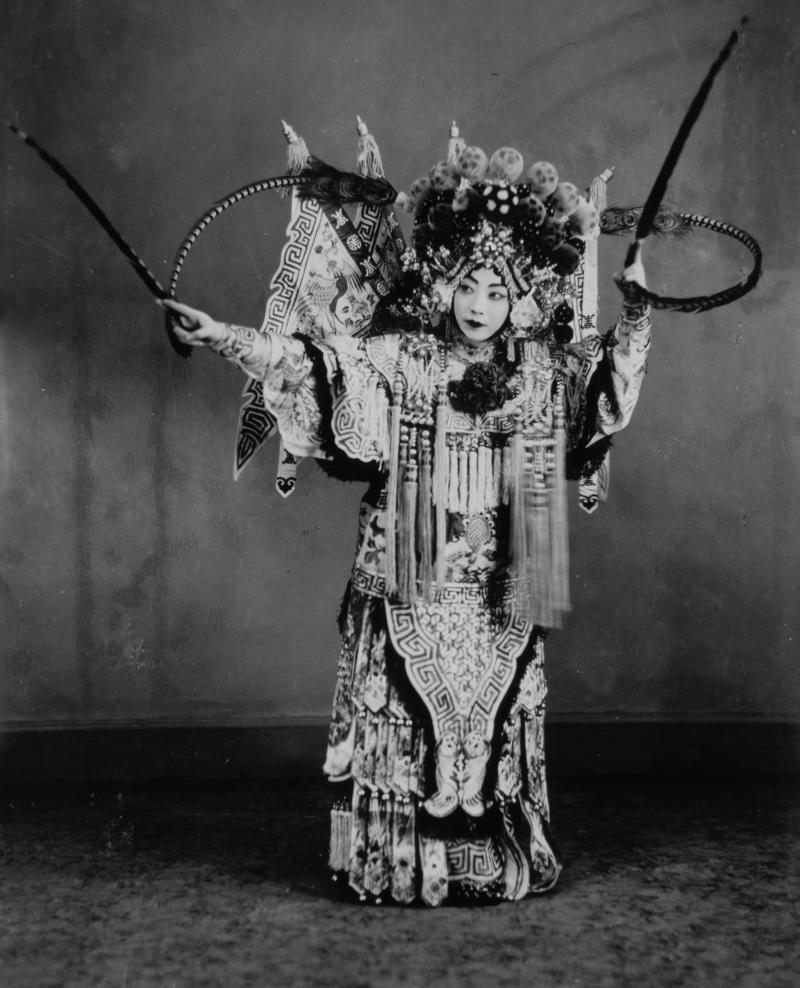
Mei Lanfang (1894–1961), one of the most famous Peking Opera actors, performing Resisting the Jin Invaders (Kàng Jīn Bīng)
This costume is similar to the ones Joseph Lindon Smith saw in Munkden.
Isabella grew more interested in Chinese culture toward the end of her life, and she was always interested in her friend Joseph’s work. Linguist and composer Yuen Ren Chao visited Isabella to discuss Chinese music, and she corresponded with her art advisor Bernard Berenson about acquiring more Chinese art. She collected 13 paintings and drawings by Smith, which visitors can see today in the Museum, and she kept his correspondence in the Modern Painters and Sculptors Case in the Long Gallery. Isabella wrote to Berenson in 1913, “I only wish I had more Chinese masterpieces.” Perhaps she considered A Theater in Mukden, Manchuria by her dear friend, one of them.
YOU MIGHT ALSO LIKE

Read More on the Blog
Isabella and China

Explore the Exhibition
Shen Wei: Painting in Motion

Read More on the Blog
The End Justifies the Means
* Joseph Lindon Smith, Tombs, Temples, and Ancient Art (Norman, Oklahoma, 1956), p. 8.
^ Ibid.
† Patricia Ross Pratt, The Best of Its Kind: The Life of Denman Waldo Ross, Teacher, Collector, Painter 1853-1935 (Philadelphia, 2020), p. 105.
+ “Joe & Corinna: A Legacy of Art, Egyptology & ARCE.” https://www.arce.org/resource/joe-corinna-legacy-art-egyptology-arce; accessed 11/18/2020
★ Diana Wolf Larkin, “Joseph Lindon Smith – Interpreter of the Past (1863-1950),” 2008. https://monadnockart.org/joseph-lindon-smith/; accessed 11/18/2020